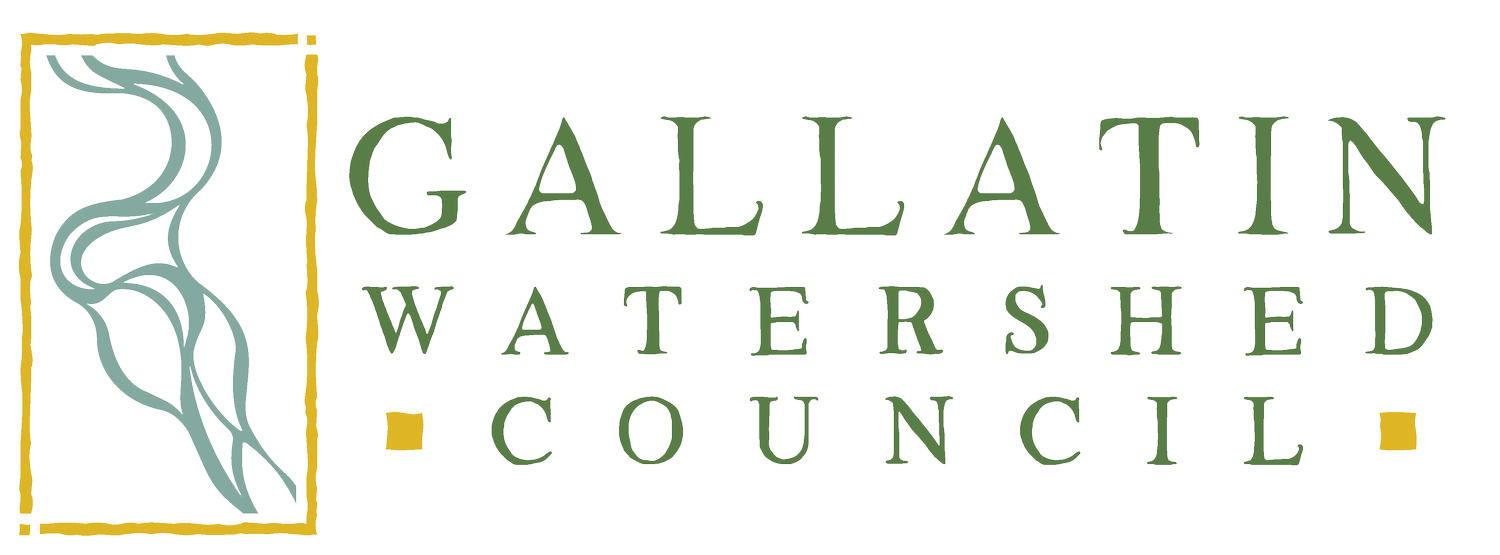Montana DEQ Names Lower Gallatin Watershed As Priority Basin
By Rachel Cramer, Yellowstone Public Radio
The Montana Department of Environmental Quality announced Thursday that the Lower Gallatin Watershed is its next priority basin. This means hundreds of thousands of dollars will become available to address pollution in over half of the watershed’s major streams and rivers.
Some of the big issues with the Lower Gallatin Watershed are sedimentation: eroded soil and debris that can harm native fish- nitrates and phosphates from fertilizer run-off and leaking septic systems.
“E.coli is also a concern in the watershed, and dog waste is a major contributor,” says Holly Hill, coordinator for the Gallatin Watershed Council.
The council collaborates with other non-profit organizations, agencies and private landowners to work on water quality issues and restoration projects in the region.
“The Lower Gallatin Watershed, which includes the communities of Bozeman, Belgrade, Manhattan and all the surrounding communities, has 23 major streams and rivers, 15 of those are classified as impaired by the Department of Environmental Quality,” Hill says.
That means the rivers and streams don’t meet state water quality standards.
She says the priority basin designation from DEQ means her organization and other groups working in the watershed will be able to apply for major funding in 2022 to support more projects like stabilizing stream banks, connecting floodplains to rivers and streams and planning for growth around Bozeman.
“Some estimates say that we may not have enough available water with our current projected growth to meet those requirements by 2036,” Hill says.
The Gallatin Watershed Council will be ramping up its efforts over the next two years to make sure projects are ready to go when the funding from DEQ becomes available. This is the second time DEQ has selected a watershed priority. The first was the Bitterroot Watershed in 2018.
Eric Trum, a DEQ environmental science specialist, says the agency spent the first two years helping local organizations update their watershed restoration plans, increase water quality monitoring and improve wastewater treatment.
DEQ gave $280,000 to projects in the Bitterroot Watershed over the last two years and anticipates providing nearly half a million dollars there in the coming year. Trum says a lot of projects have focused on improving vegetation along stream and river banks and reconnecting streams to their historic flood plains.
Trum says the agency typically gets a million dollars a year from the Environmental Protection Agency for projects addressing water pollution from many different sources. DEQ decided half of that would go to its watershed priorities.
Link to original story and audio version HERE.
